Bibs Insulation Vs Spray Foam
Bibs insulation vs spray foam. As a cost-effective high-density option BIBS is a good option for large insulation projects. Lastly there is spray foam insulation. A high R-value means that the material is better for insulation.
Although it is still less popular than the tried and true cellulose and fiberglass used in blow-in insulation spray foam has recently seen its fair share of proponents. While open-cell typically provides about R-35 per inch closed cell R-factor often exceeds 60 per inch making it the superior insulating option. The only real downsides are dense pack cellulose insulation weighs several times more than fiberglass or rock wool.
Its also difficult to install when the temperature is below freezing plus it still cant offer the R-Values that BIBS offers. It is a very effective air barrier It is also fairly expensive. BIBS insulation is usually less expensive than spray foam insulation.
With a screw-on gauge that fits threaded faucets or hose bibs and adjust the pressure-reducing valve to drop water pressure to. The attic roofline is typically insulated with 5 nominal fill foam resulting in an R value close to 20. Adaptable to almost any surface.
Fiberglass BIBS Insulation vs. Benefits of Spray Foam Insulation. BIB Blown-In Blanket Insulation and Spray Foam Insulation used in the Shaw home addition by John Rogers Renovations.
Spray Foam Insulation At Home Depot professional spray foam Insulation Agribalance Spray foam insulation spray foam insulation equipment For Sale Keep your spray. Part of the reasons for that high figure is that spray foam doesnt settle or sag after a while as youd see with most DIY fiberglass insulations. It costs 125 to 350 per square foot to install spray foam insulation into your walls ceiling and attic.
You will require experienced contractors for both types of insulation but blow-in is slightly easier. Disadvantages of Spray Foam Insulation.
Lastly there is spray foam insulation.
While open-cell typically provides about R-35 per inch closed cell R-factor often exceeds 60 per inch making it the superior insulating option. Wet spray cellulose can risk introducing moisture into walls. Spray foam insulation is the new thing in insulation and is going to be the future of insulating homes. With a screw-on gauge that fits threaded faucets or hose bibs and adjust the pressure-reducing valve to drop water pressure to. Adaptable to almost any surface. Fiberglass BIBS Insulation vs. Spray foam however has some major downfalls. Lastly there is spray foam insulation. Spray foam costs quite a bit more than the two types of insulation.
BIBS falls under fiberglass insulation which is the type of insulation known to provide better thermal efficiency. Stop sanding when the surface is covered with light even scratches. It forms a seamless blanket of insulation that completely fills around pipes wires and other objects inside the cavity to maximize thermal efficiency and provide the highest R-values attainable on the market today. In terms of the R-value which tells you the efficiency spray foam takes the win. Spray foam has a higher R-value than fiberglass with the former scoring as high as 70. BIB Blown-In Blanket Insulation and Spray Foam Insulation used in the Shaw home addition by John Rogers Renovations. Spray foam insulation is the new thing in insulation and is going to be the future of insulating homes.





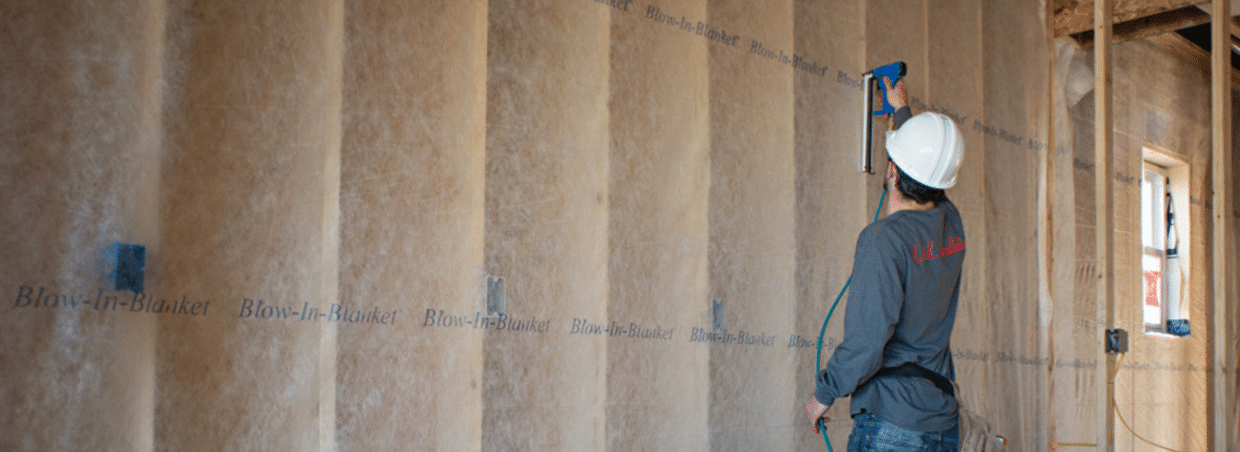

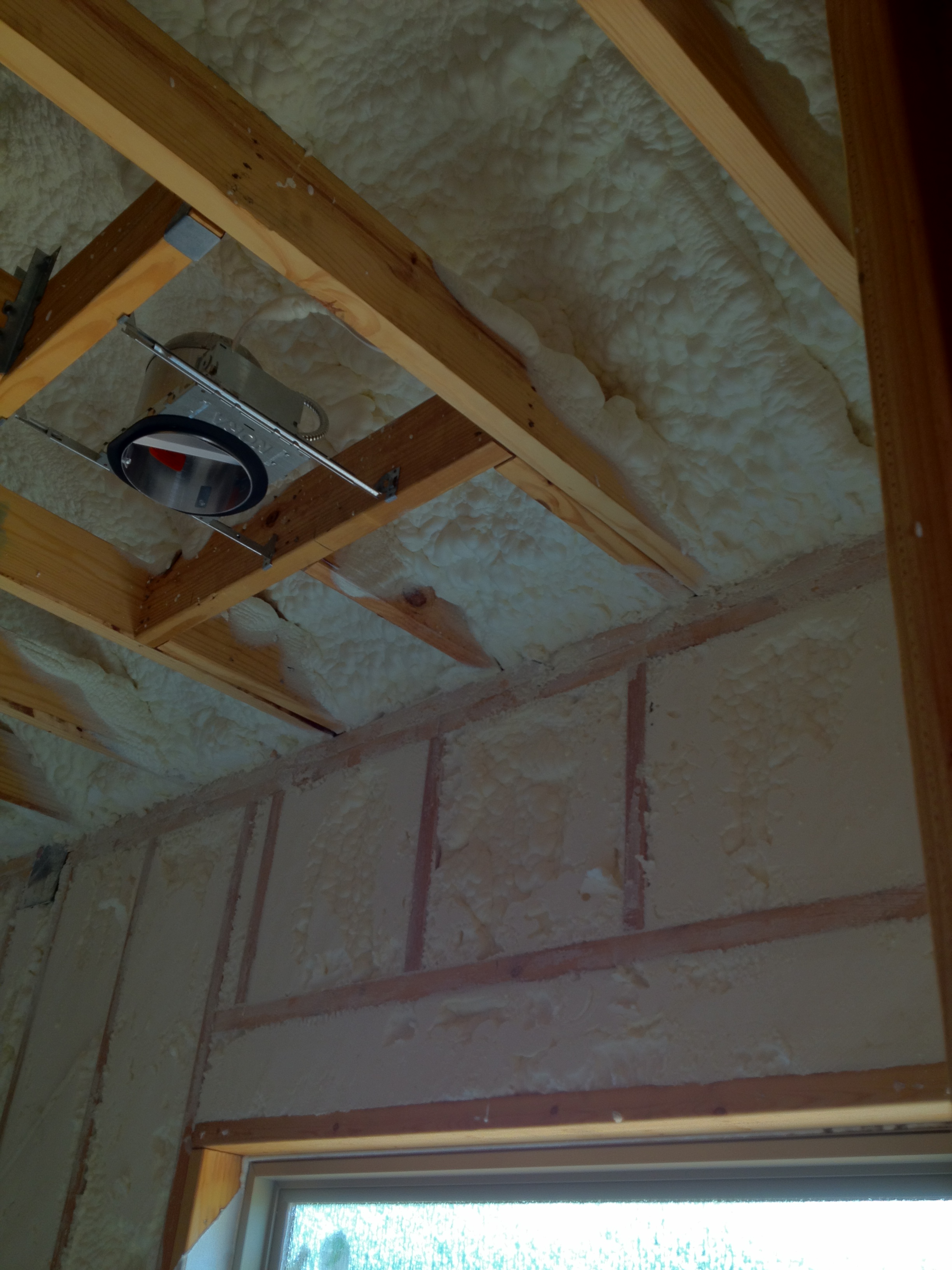
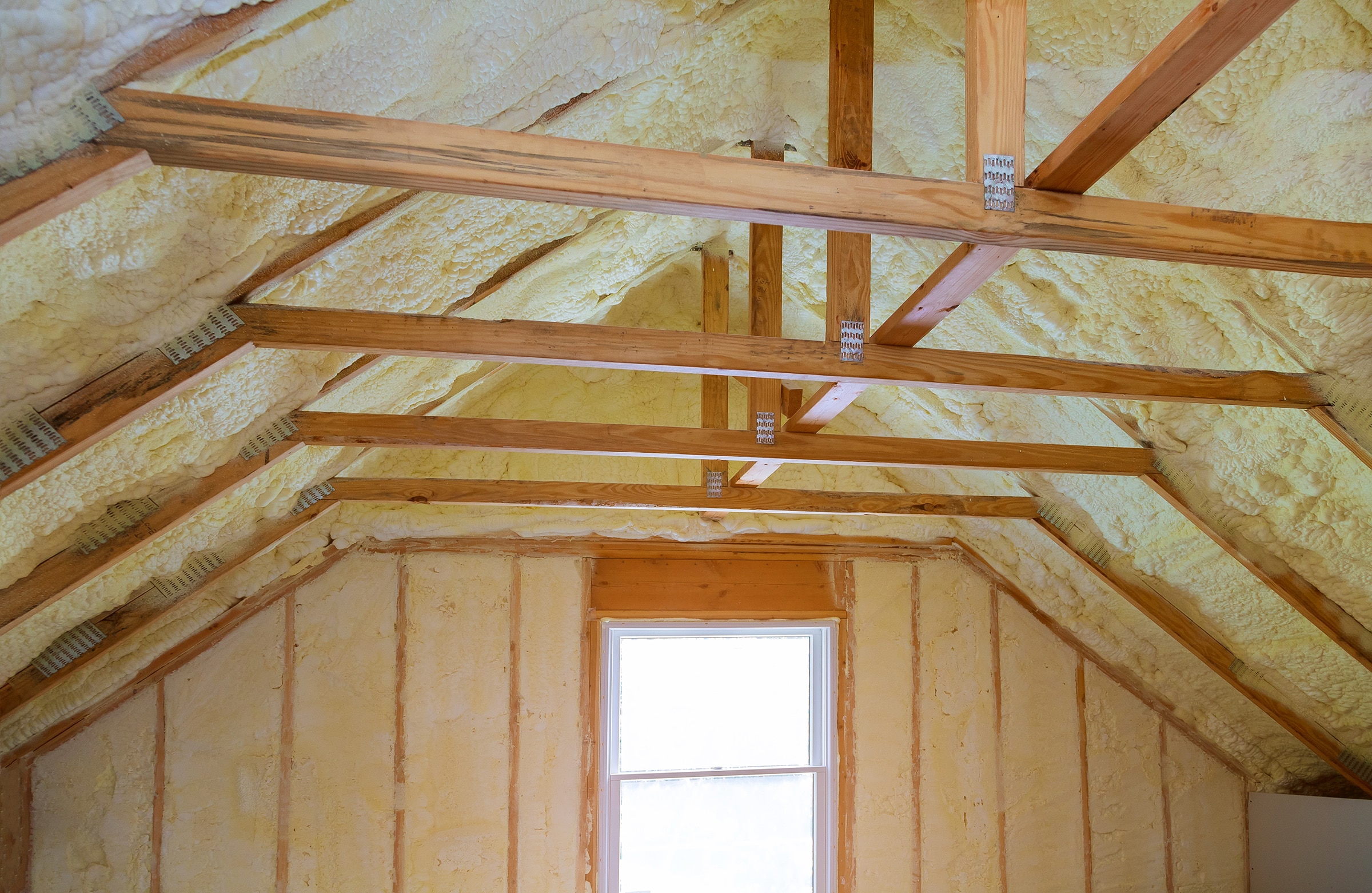




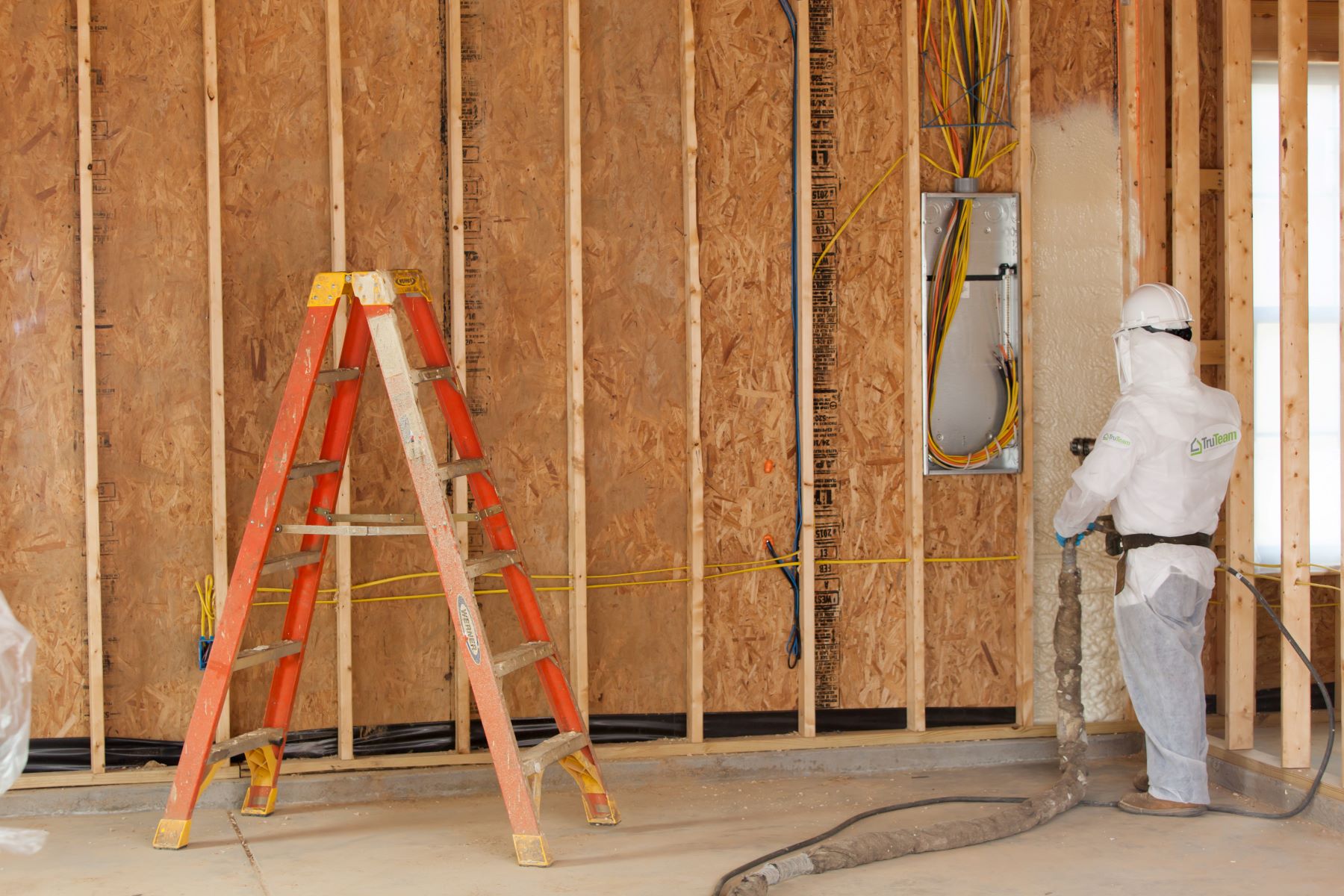
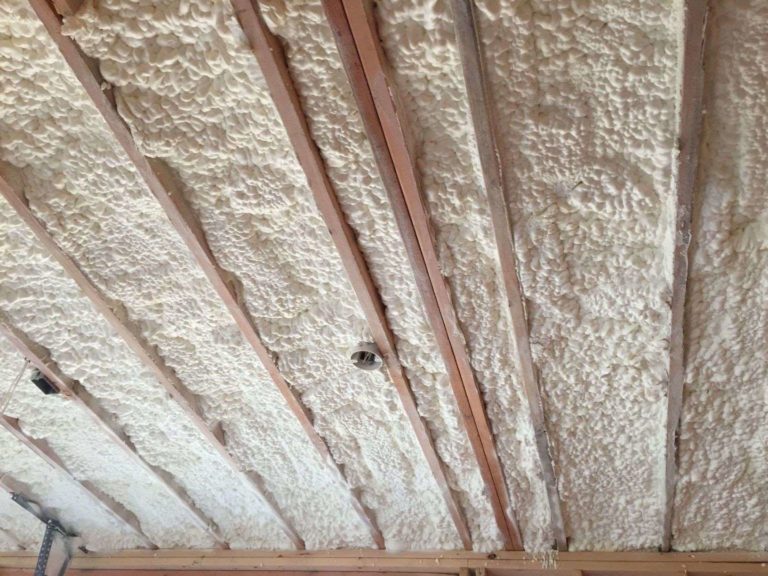
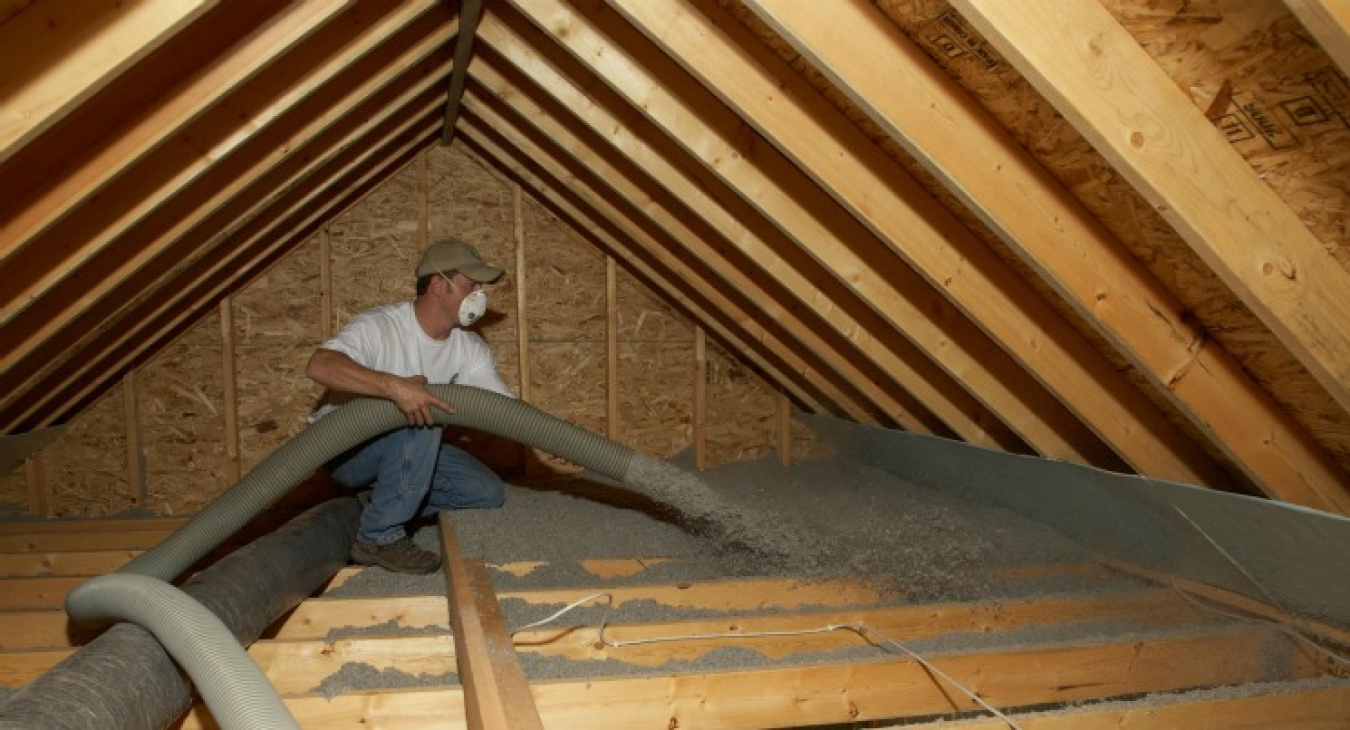
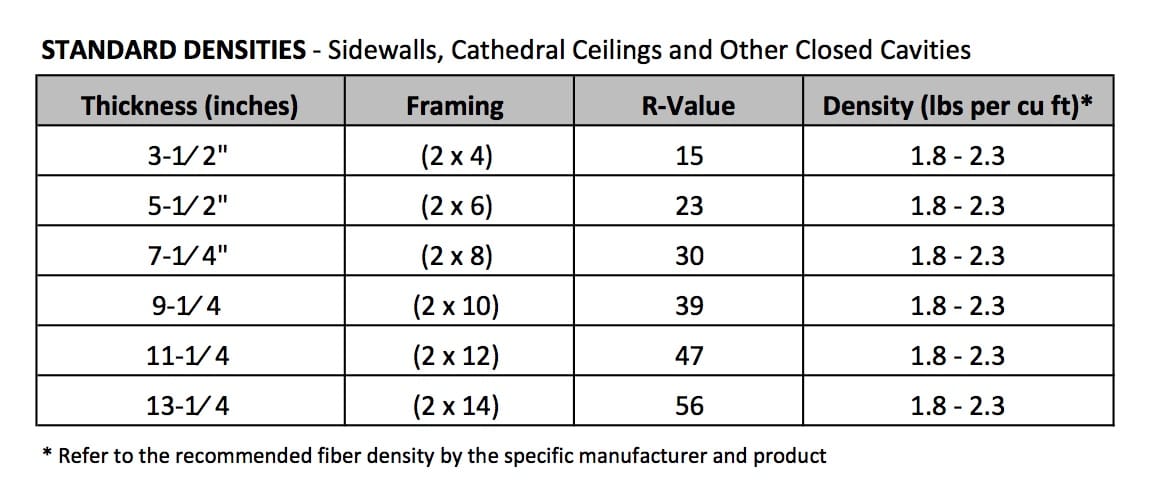

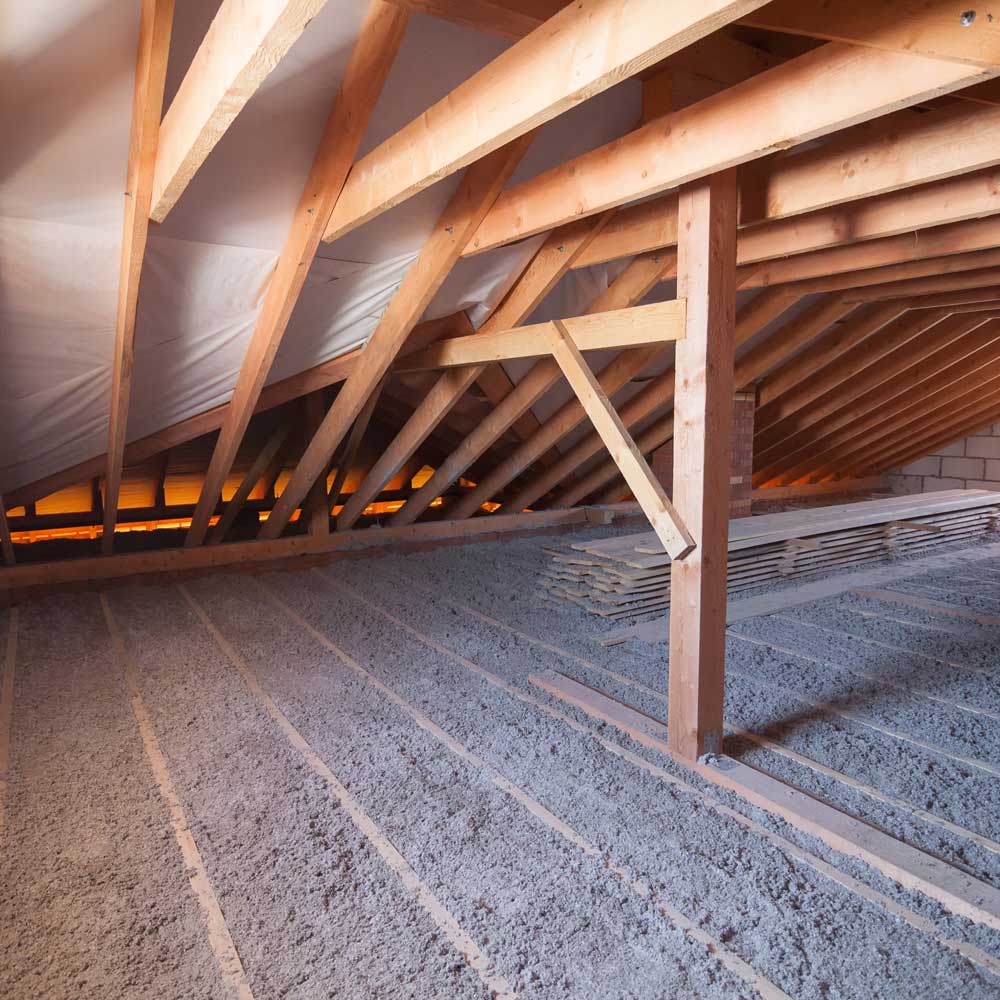
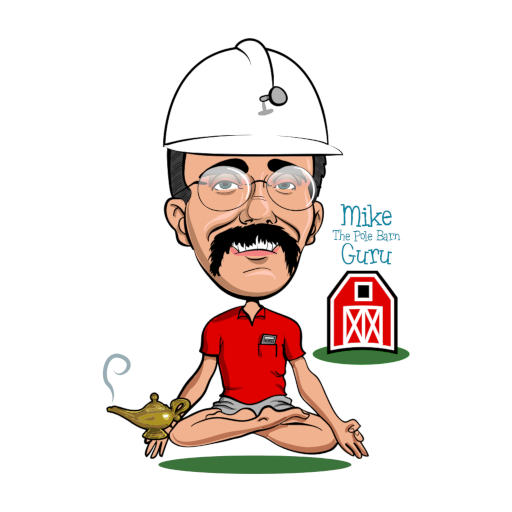

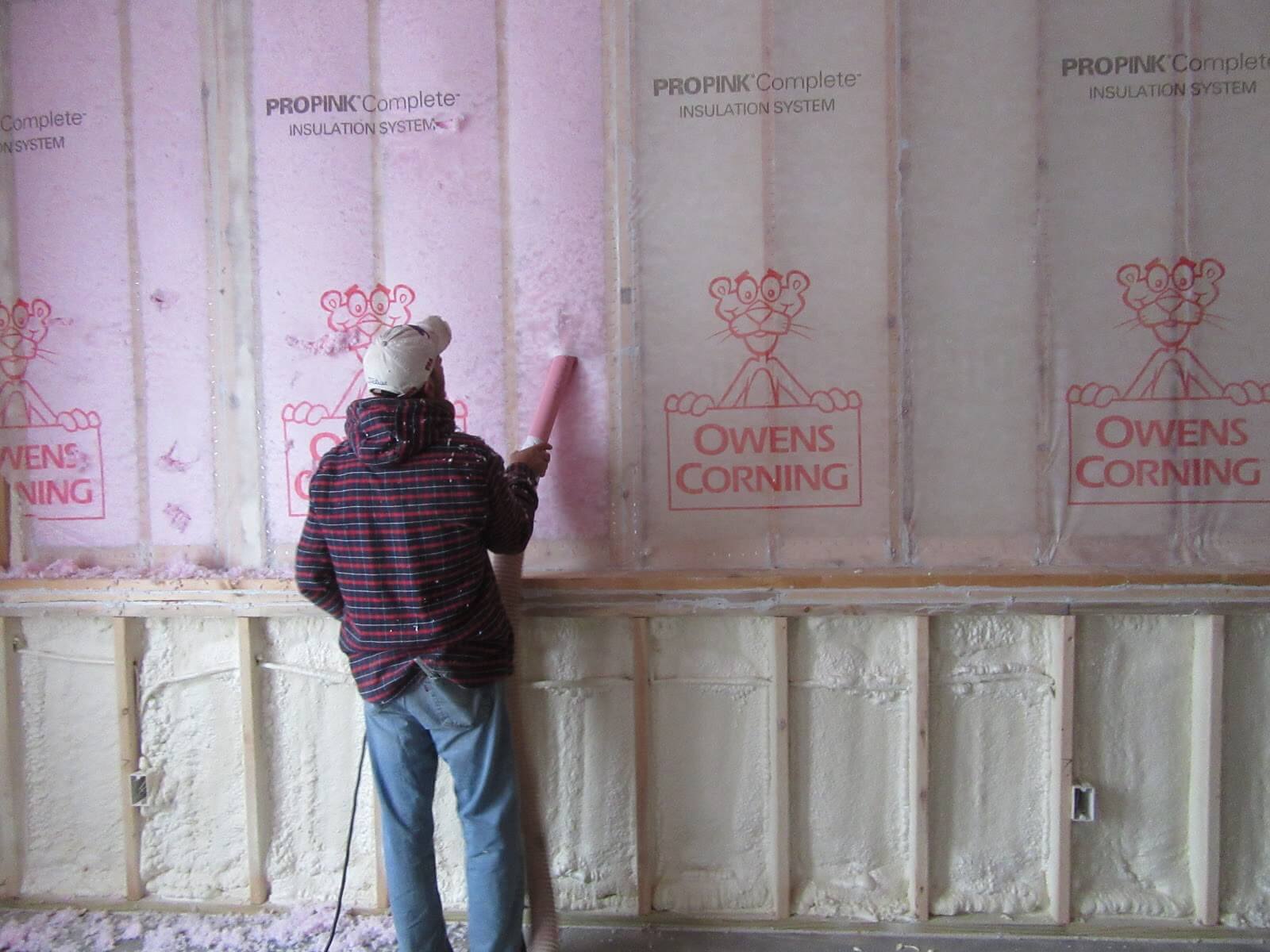
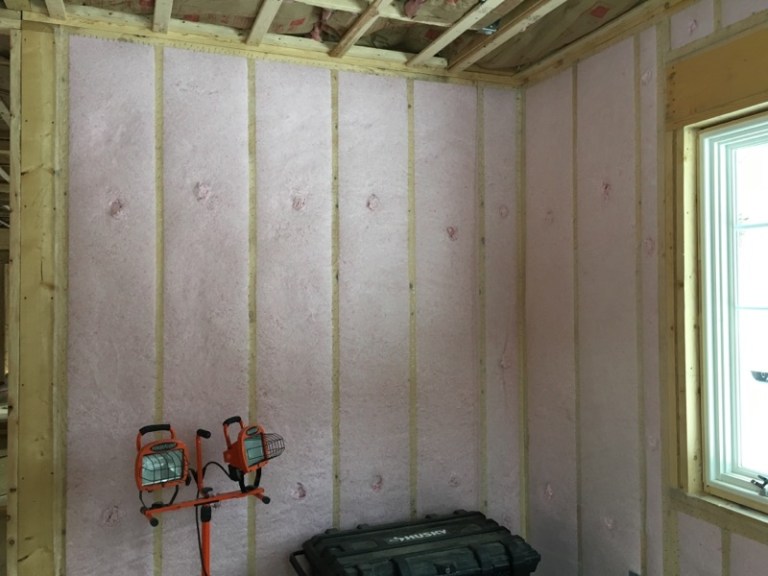


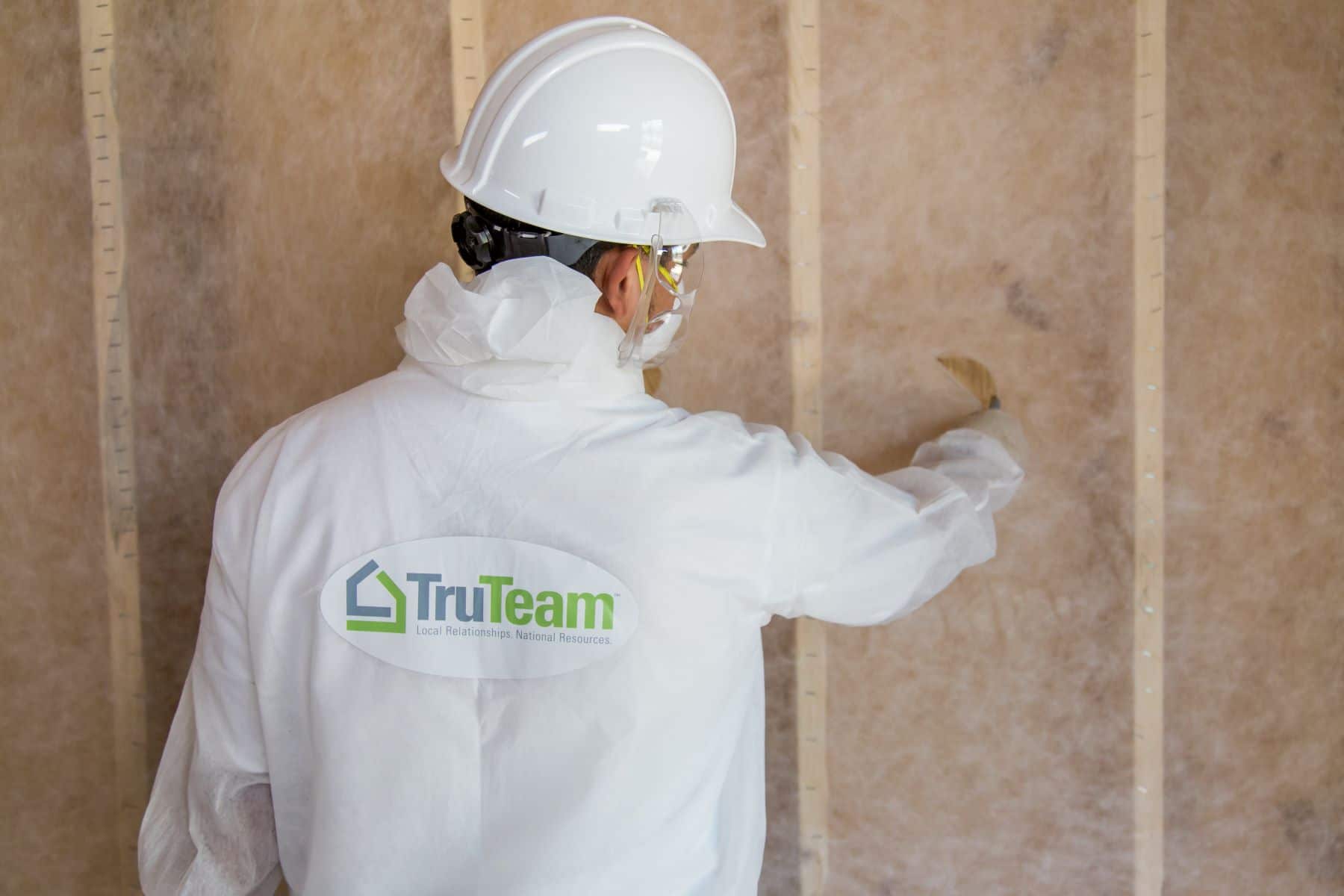
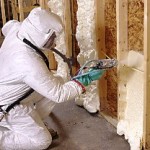


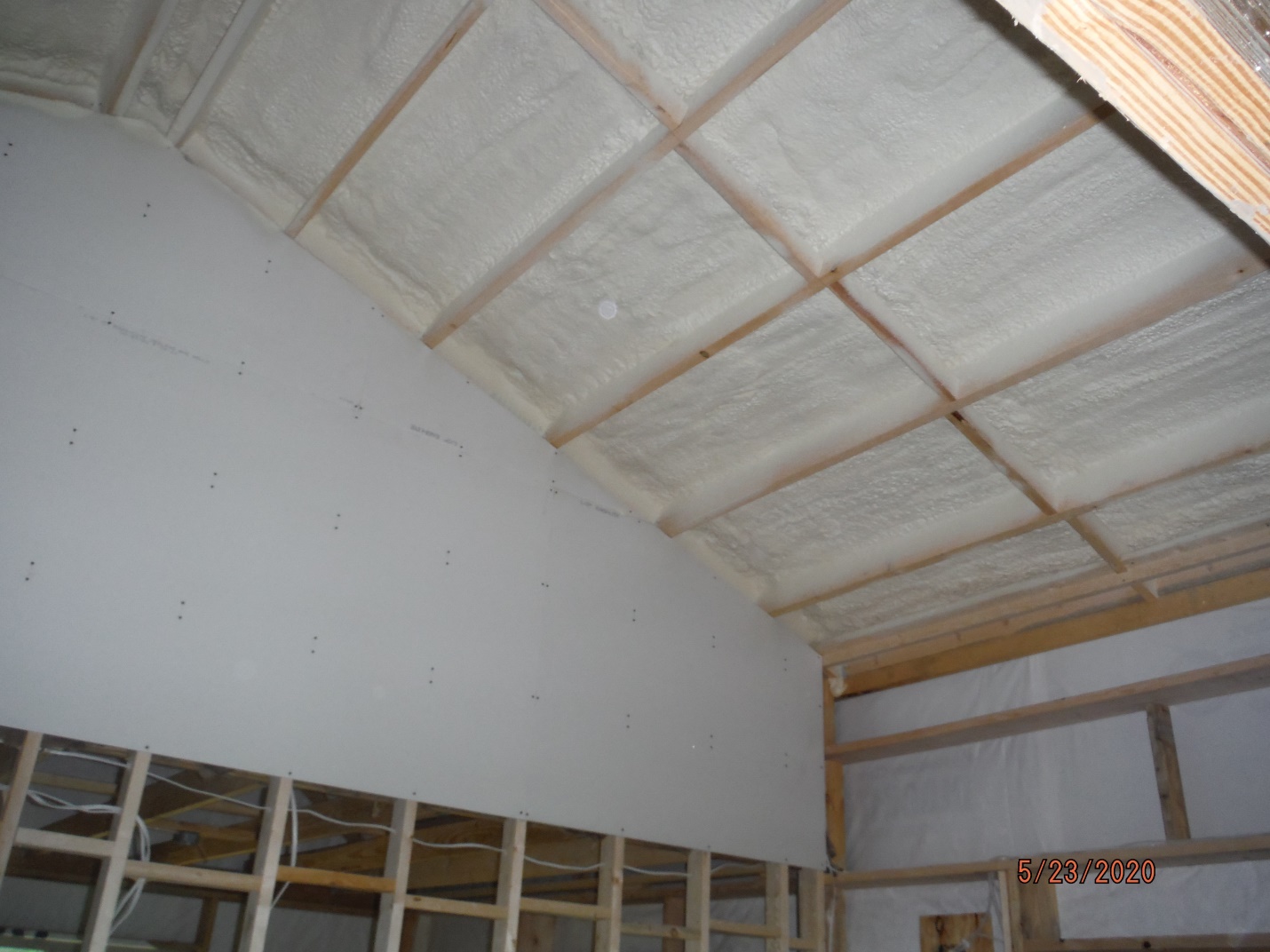
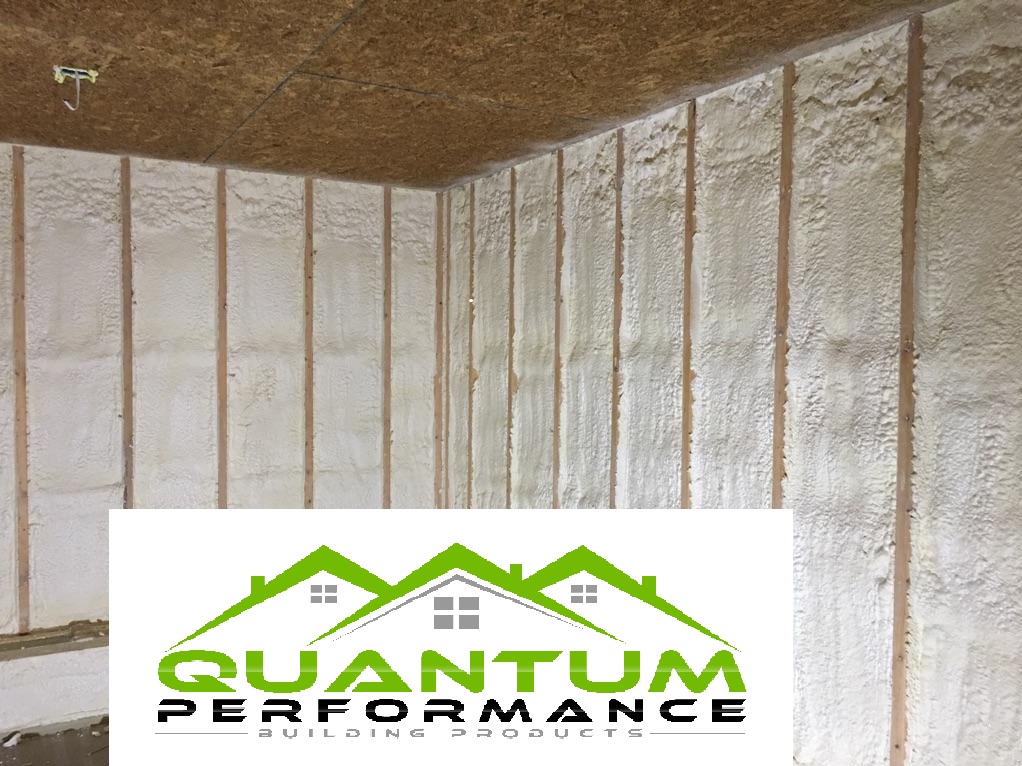


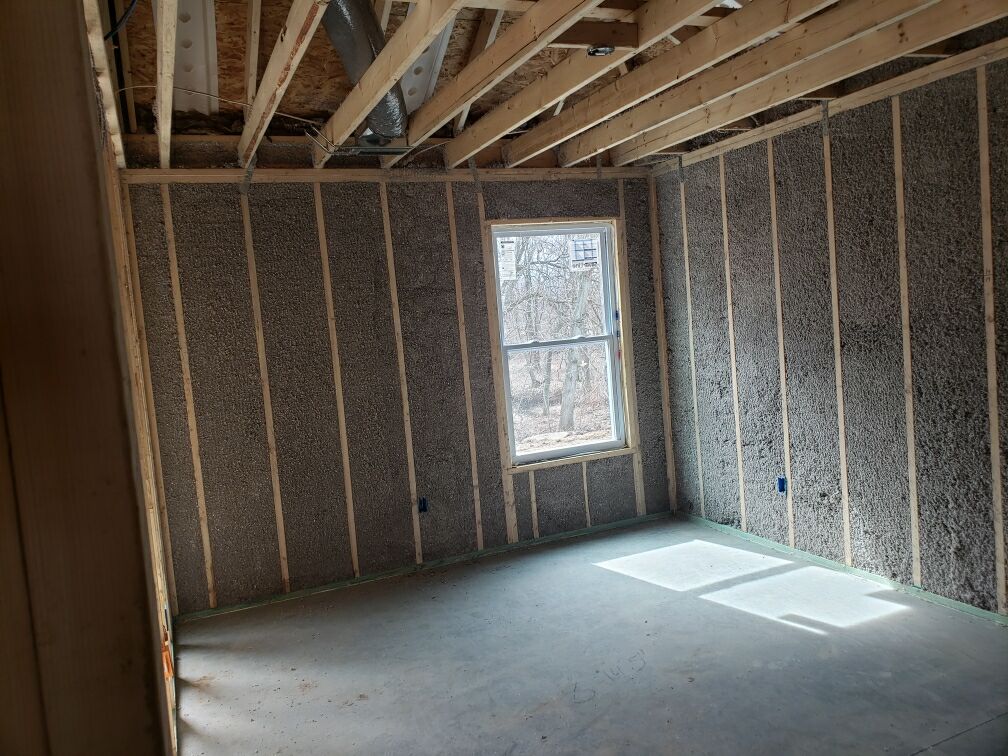








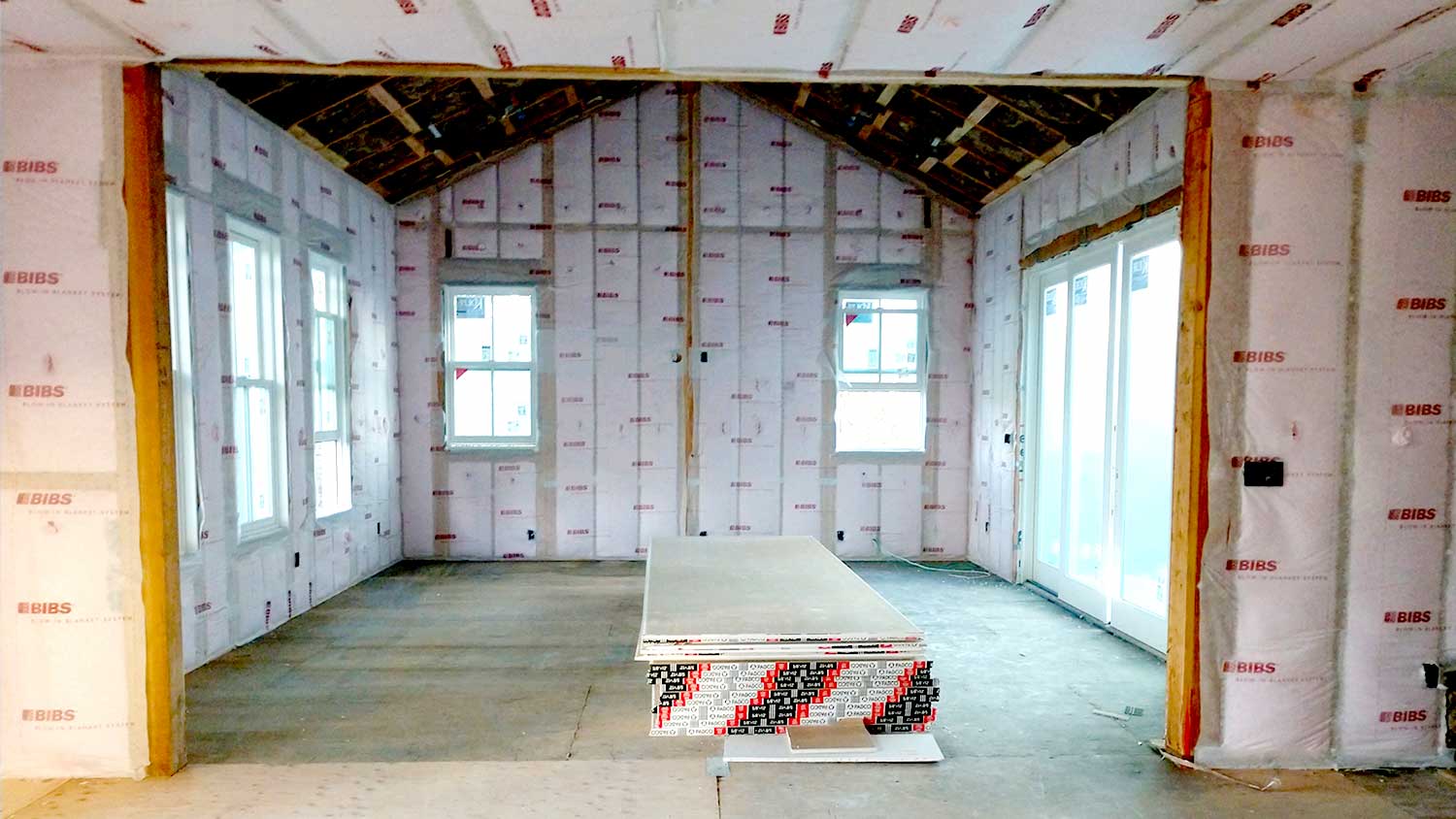

Posting Komentar untuk "Bibs Insulation Vs Spray Foam"